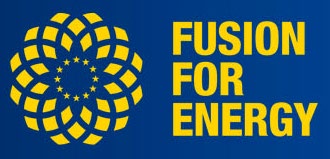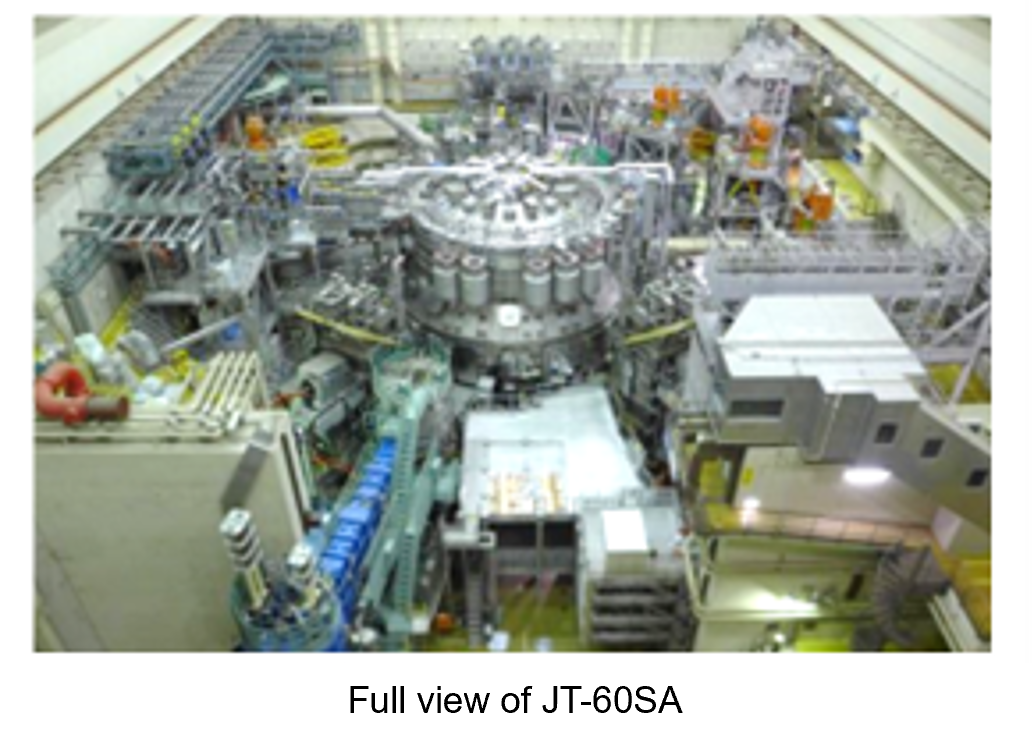
 National Institutes for Quantum Science and Technology
National Institutes for Quantum Science and Technology
Fusion For Energy
Points of presentation
- The tokamak-type superconducting plasma experimental device JT-60SA (hereinafter referred to as "JT-60SA"), jointly constructed by Japan and Europe in Naka City, Ibaraki Prefecture, Japan, achieved a plasma volume of 160 cubic meters, which was certified by GUINNESS WORLD RECORDS™.
- The official GUINNESS WORLD RECORDS™ certification ceremony will be held at the Naka Institute for Fusion Science and Technology on 19 October.
Summary
 The National Institutes for Quantum and Science and Technology (President: Shigeo Koyasu; hereinafter referred to as "QST") and Fusion For Energy (Director Marc Lachaise) has been conducting the JT-60SA*1 project through the Broader Approach activities jointly carried out by Japan and Europe.
The National Institutes for Quantum and Science and Technology (President: Shigeo Koyasu; hereinafter referred to as "QST") and Fusion For Energy (Director Marc Lachaise) has been conducting the JT-60SA*1 project through the Broader Approach activities jointly carried out by Japan and Europe.
JT-60SA is the world's largest tokamak*2 superconducting plasma experimental device, jointly constructed by Japan and Europe in parallel with the ITER Project*3 with the aim of early practical application of fusion energy. After achieving first plasma on October 23, 2023, integrated commissioning*4 was continued, and progress has been made in optimizing plasma control using superconducting coils as the first test with plasmas. A detailed examination of the experimental results confirmed that a plasma volume of 160 cubic meters had been achieved, far exceeding the previous record of 100 cubic meters achieved by other previous devices. Plasma confinement performance also depends on the size of the plasma, so the world's highest performance is expected in heating experiments in future. In addition, the plasma control method and the result can contribute to the control of bigger plasmas to be planned in ITER and DEMO reactors*5.
This achievement was certified as the GUINNESS WORLD RECORDS™ title for the largest tokamak in the world on 4th September 2024, and a ‘JT-60SA GUINNESS WORLD RECORDS™ Certification Ceremony’ is scheduled to be held at the Naka Institute for Fusion Science and Technology on 19 October.
QST will proactively apply the knowledge gained from JT-60SA to the ITER and future DEMO reactors and will continue to work as a core for the early commercialization of fusion energy.
Explanation of terms
*1: JT-60SA (JT-60 Super Advanced)
As a joint project of the satellite tokamak project jointly implemented by Japan and Europe as a Broader Approach (BA) activity and the tokamak domestic priority equipment project that has been under consideration in Japan, the device was constructed at the QST facility in Naka City, Ibaraki Prefecture, Japan. This is the world's largest tokamak-type superconducting plasma experimental device as of today. Its purpose is to support research for ITER to achieve its technological goals and supplementary research for ITER toward DEMO reactors and human resource development. JT-60SA uses powerful superconducting coils cooled to approximately -269 Celsius (absolute temperature approximately 4K) to confine plasma that can reach 100 million degrees of temperature.
URL: https://www.qst.go.jp/site/jt60/5150.html (Japanese)
*2: Tokamak
A method of confining high-temperature plasma using a magnetic field:
A high-temperature plasma is confined by combining a circumferential toroidal magnetic field produced by the external coils, which is the main magnetic field, with a radial poloidal magnetic field created by passing a circumferential current in the plasma. ITER also uses a tokamak-type device.
*3: ITER Project
With the international cooperation of Japan, Europe, Russia, the United States, China, Korea, and India, the project is to demonstrate the scientific and technological feasibility of fusion energy through the construction and operation of ITER. The target of the project is to obtain the fusion energy 10 times larger than the input energy of the external heating system (Q≧10). Currently, the site is located in Saint-Paul-les-Durance, France, and ITER Organization, an international
organization for the project implementation, is leading the construction of buildings and the assembly of components for the start of operation. Also, manufacturing of various ITER component devices has been advanced by each of the 7 Parties.
URL:https://www.fusion.qst.go.jp/ITER/ (Japanese)
*4: Integrated Commissioning
A series of operations conducted to check the performance of JT-60SA:
Specifically, the series started with vacuum pumping on JT-60SA, cooling superconducting coils, and coil energization tests, after which plasma was actually produced, and we confirmed the overall performance of JT-60SA, including its control.
*5: DEMO reactor
A DEMO reactor is the next device built based on the results of JT-60SA and ITER and is a device to demonstrate the power generation and economic efficiency of fusion energy. Conceptual designs for DEMO reactors are currently being developed around the world.
